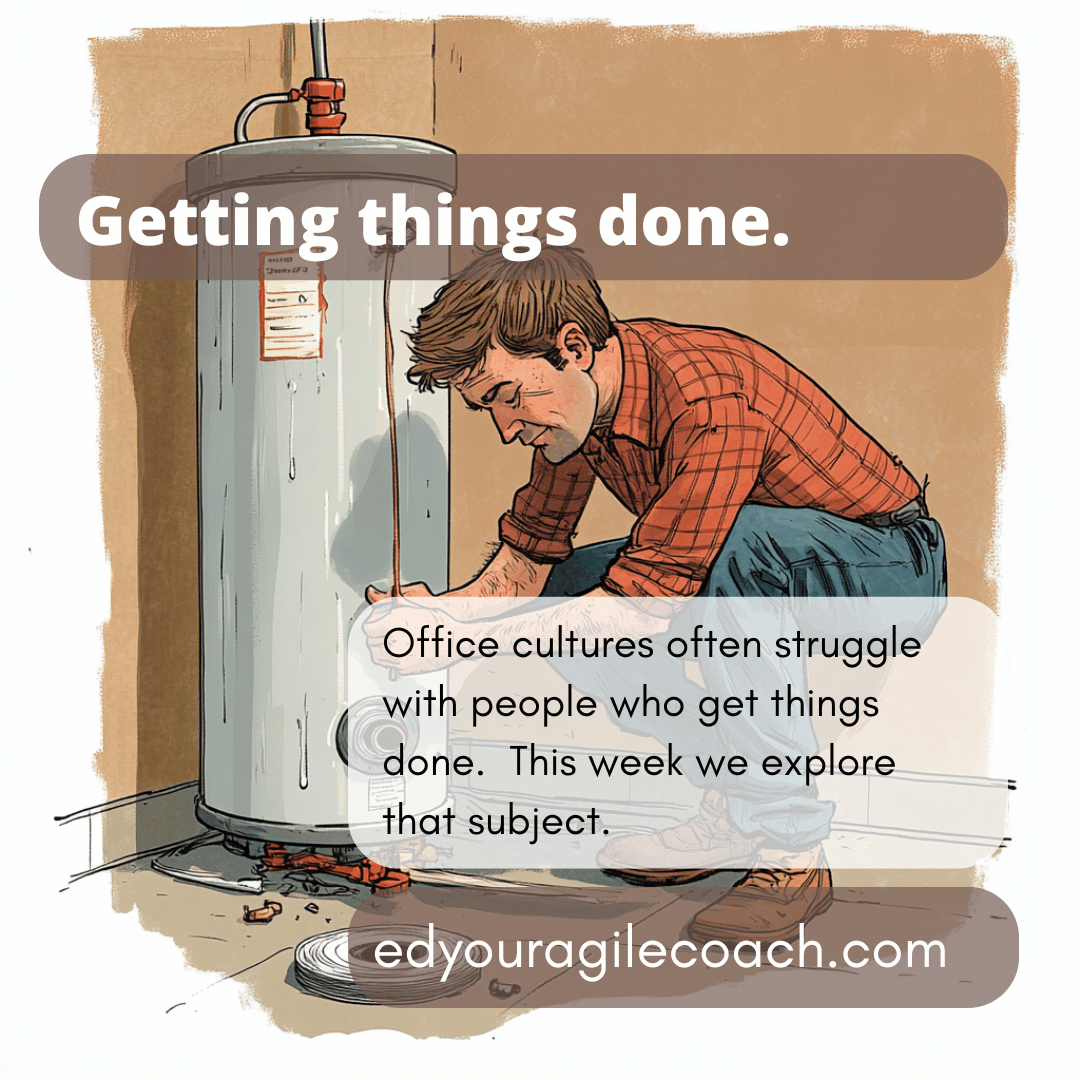The scrum master as a square peg.

I have repeatedly said that agile is a reformation of the business world. It is not an uprising with torches and pitchforks. It is intelligent and conscientious people seeking reform and the abolition of corruption in business. It is thankless work. Today, on the blog, I would like to talk about the job and how devotion is required to be successful.
The scrum guide makes the role of scrum master sound easy to fill. A scrum master is a servant leader. A scrum master is a person who promotes and supports scrum in the organization. Finally, they help others understand what helps and interferes with the delivery of solutions. It sounds simple, but it is a career fraught with peril. A scrum master is often a misfit inside the organization, doing what they need to do to get work done.
A scrum master ruffles feathers daily. It means being on the phone, making sure network permissions are correct, and attending meetings so the development team can concentrate on delivering value. A person on the job spends plenty of time asking uncomfortable questions and does not accept “…because we have always done it that way” for an answer.
Scrum mastery requires being the person who points out when the emperor’s new clothes are illusionary. The scrum master gets work done, and being able to ship products to customers often silences critics inside the organization. Paradoxically, this kind of success breeds organizational resistance because you are upsetting established patterns of work and culture. It is leadership without authority that drives ineffectual people to resentment. It is the opposite of the go-along-to-get-along personality, which often crops up in corporate organizations. A scrum master, by their very nature, is an iconoclast.
It explains why a scrum master is often a square peg in a round hole.
Until next time.




Comments ()